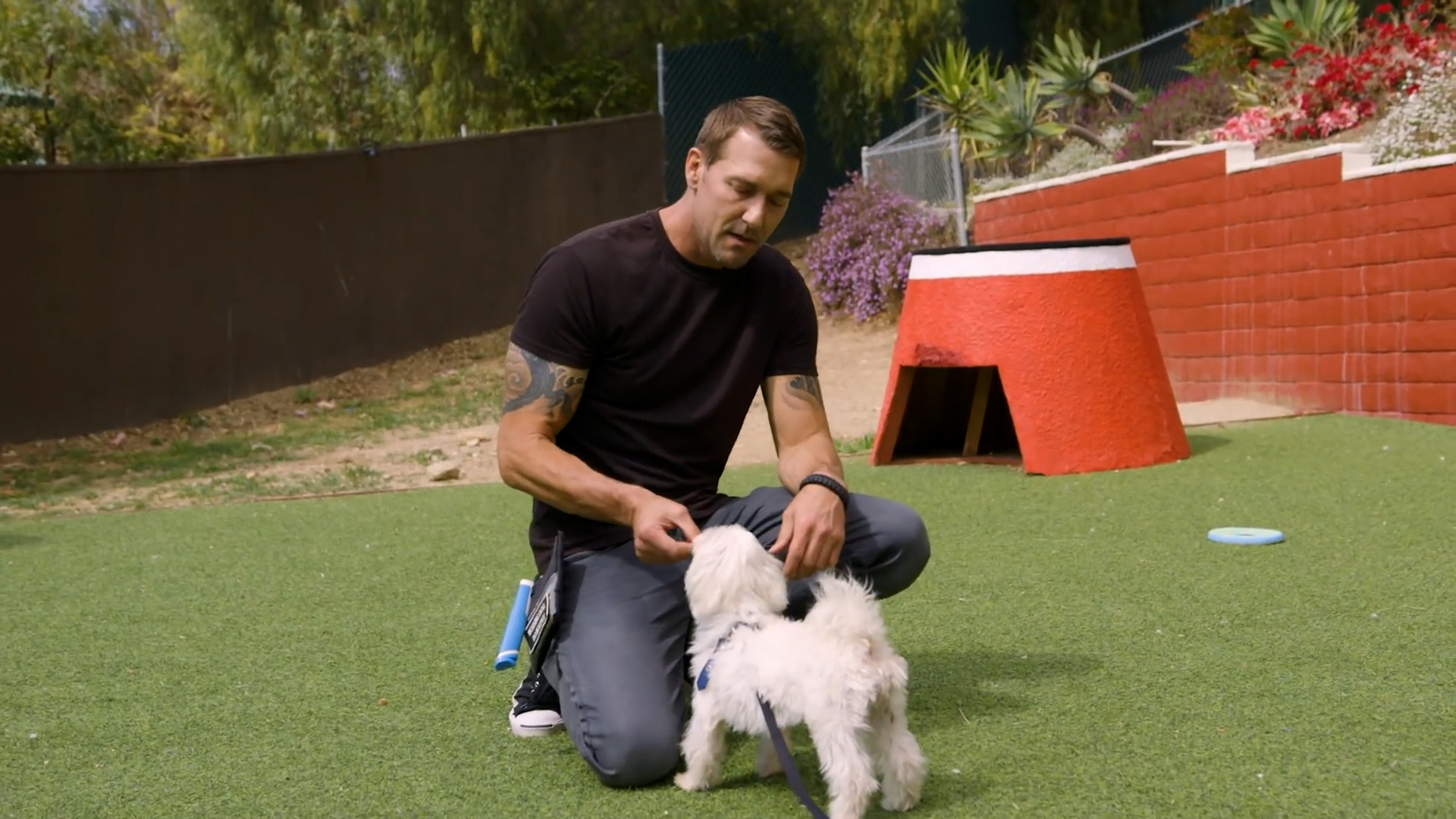Have you recently been on a walk with your leashed dog when you suddenly noticed your normally polite pet starting to lunge and bark at other dogs? Your furry pal may be "leash reactive," according to the American Kennel Club.
"Leash reactive" dogs are usually reacting in overexcitement, fear or aggression.
If your dog keeps lunging on their leash, they’re developing a habit. The more they do it, the harder it is to change that habit. So how do you prevent lunging?
Don’t punish dogs for lunging
The AKC says not to punish your dog for lunging on a leash because that will likely exacerbate the problem. Your dog will associate the punishment with the other person, dog, or object, which can strengthen their fear or reactive response.
Be proactive
Plan your walks for times when your dog is unlikely to encounter any lunging triggers. This might mean adjusting your schedule to walking when fewer people are out, like in the evening or early morning.
Clear The Shelters
Change your dog’s emotional response
The AKC says desensitization and counterconditioning can help alter dogs' behaviors by changing their emotional responses from negative to positive (in the case of fear-based or aggressive reactivity) or from out-of-control excitement to calm (in the case of frustration).
One way to do this is training with rewards or treats. The AKC says:
"Start the process with your dog on leash. Wait for them to notice a trigger then immediately present a reward. When they glance at the trigger again, offer another reward. Continue as long as the trigger is present. With enough repetition, your dog will eventually glance at the trigger then turn right back in your direction, as if to say, 'I saw it, now where’s my treat?' This tells you that your dog has realized the trigger makes the reward happen, so the positive association is being formed.
"Now you can move a tiny bit closer to the trigger and repeat the process. The goal is to slowly reduce the distance between your dog and the trigger until they are within a few feet or less, all while keeping your dog under threshold. Then duplicate the entire procedure again with a new dog or person. Continue to repeat with as many examples of the trigger as necessary to convince your dog that their trigger makes great things happen. As a result, when they see any trigger, they will look to you for a reward instead of lunging."
After a few weeks, you can start playing it on walks at a comfortable distance from others. Be sure to reward your pup because they react — every negative experience will set them back. If they do react, add more distance next time and repeat the step.
Note that the best time to play the game is before mealtime when your dog is hungry.


